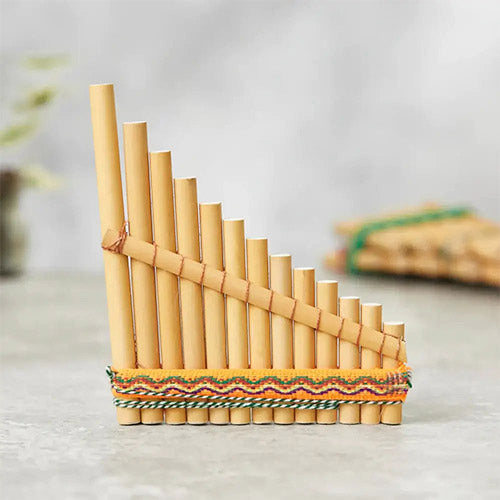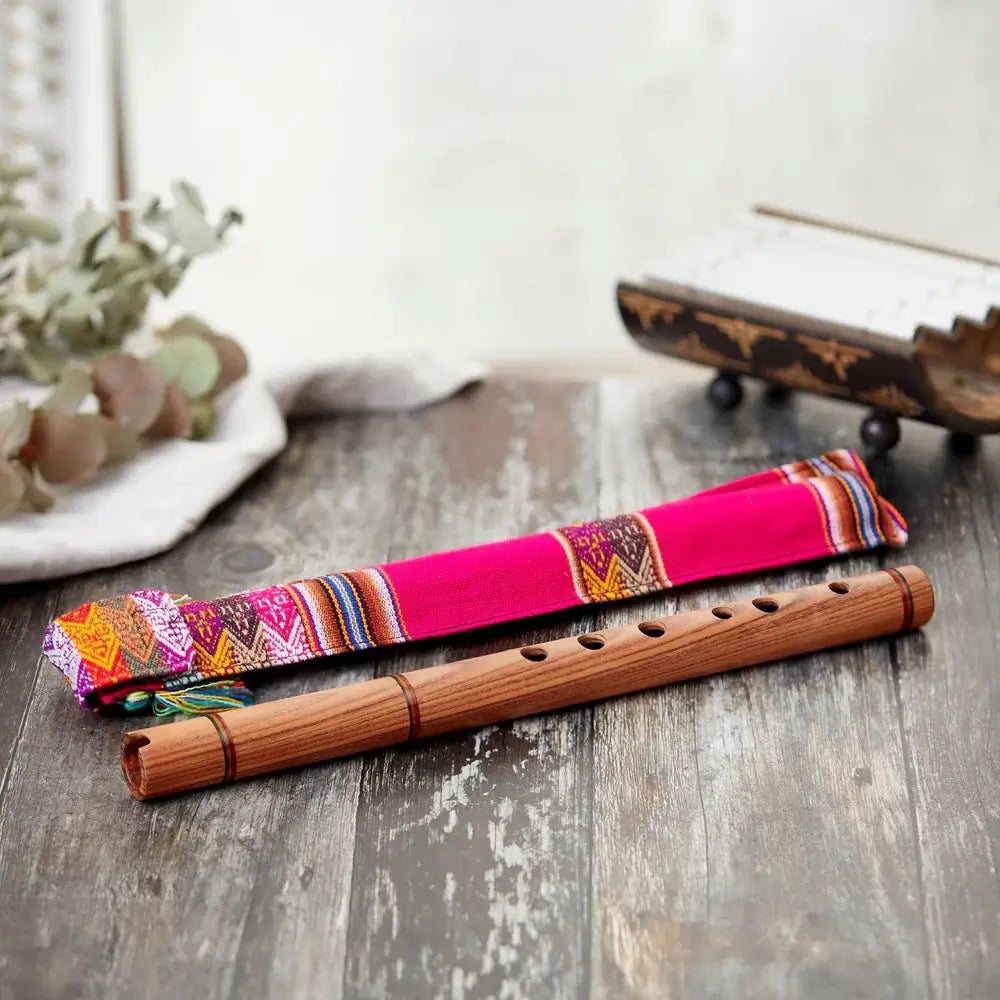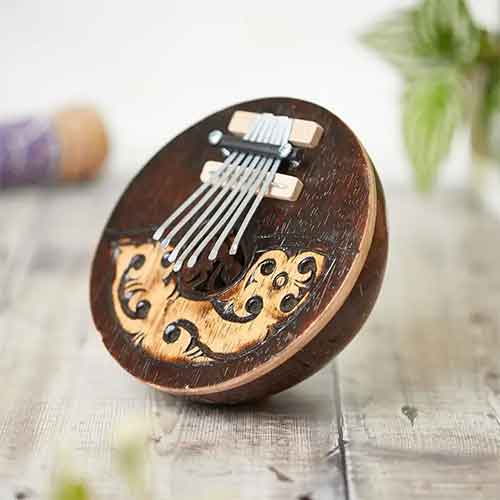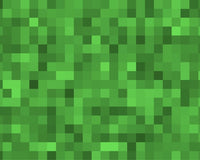Most handmade items slightly vary from each other and sometimes this can be seen as a defect but we prefer the term natural imperfections. These items should have slight imperfections and we believe that this is what makes them perfect. In this article we are going to be going through the common types of materials that have unique characteristic that can often be mistaken for a defect.
1. The structure of bamboo
Products made from bamboo like our rain sticks typically have what looks like a dent but in reality it is just the natural shape of the bamboo around one of the nodes. Bamboo is incredibly tough and so it is important to note that there won’t be any weakness - the nodes are in fact, the toughest part of the structure.
2. Wood cracking
Wood is always moving and finished hand carved items are no exception, over time and in dry environments wood can present slightly cracks. The best way to counter this is by ensuring that you oil your wooden items and furniture often. We recommend oiling wooden items every six months.
3. Paint missing and blemishes
It is quite common for hand painted items to have slight imperfections, this is because a lot of our products are painted using eco-friendly paints that are good for the environment and this can make them slightly less durable in comparison to products that are factory produced using paints that contain high amounts of chemicals (VOC's).
Sometimes rustic items are painted and are then scrubbed to achieve a specific style. This is a common practice with whitewashing furniture and similar techniques are present with Indian furniture. Trying to achieve perfection is overrated as it is usually accomplished with a machine but the imperfections can be beautiful.
4. Mold on natural items
Mold fungi eat by breaking down and soaking up specific organic substances. They usually grow in places where the air is really damp (more than 65% humidity) and the temperature is between 0 to 50 degrees Celsius. Specific natural items are more prone to mold such as bamboo, this is because bamboo is a type of grass and once wet it naturally starts to breakdown. During travel especially if transported by boat the bamboo can be exposed to a variety of conditions that can negatively affect it.
There are natural ways to remove mold. For vinegar solution, mix equal parts of water and white vinegar, apply to moldy areas, scrub gently, rinse, and dry. Alternatively, make a baking soda paste, apply, scrub, rinse, and dry. You can also expose mouldy bamboo to sunlight and fresh air, ensuring it's dry afterward. Wear gloves and a mask for protection, and test any solution on a small area first. Sometimes mold is purposely added to items such as mango wood to give it a unique character, this process is called spalting.
Up Next: How to up cycle wood furniture












